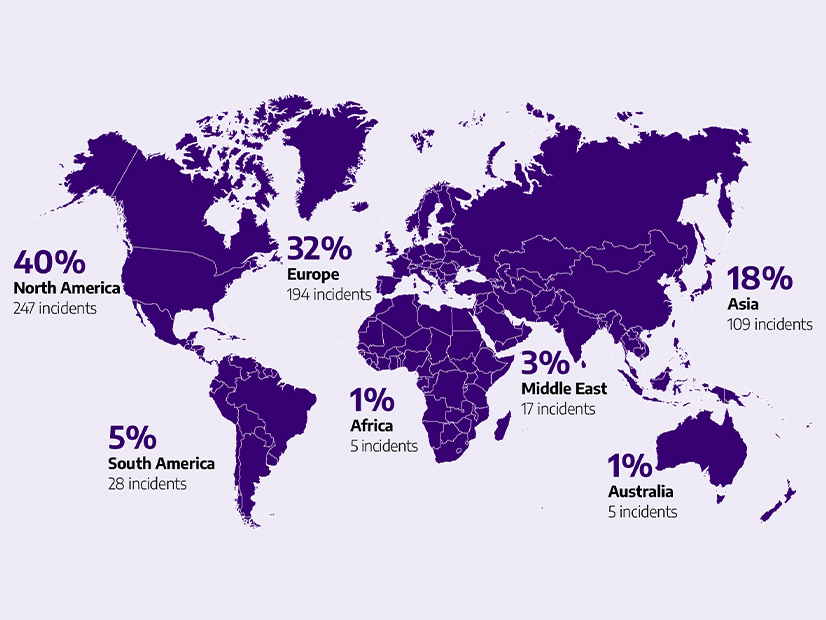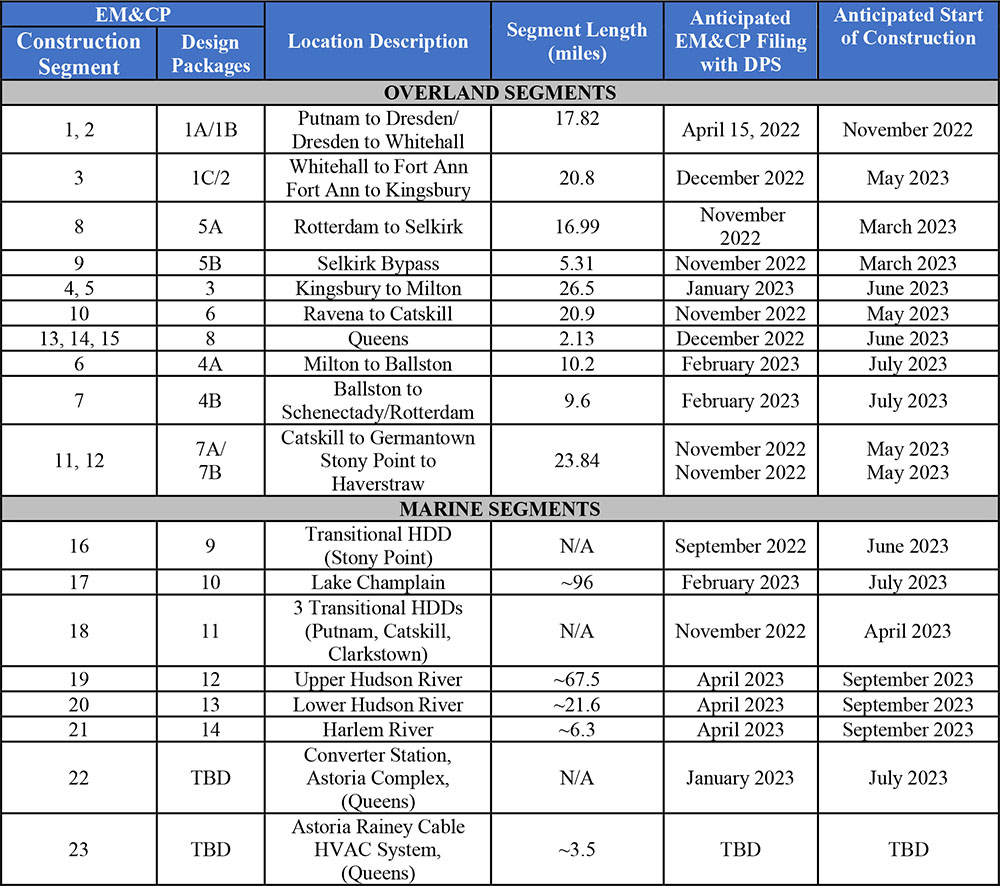A closed nuclear plant in Michigan could be eligible for federal funding to help it reopen under new guidelines for the second round of the Civil Nuclear Credit Program that the U.S. Department of Energy released Thursday.
Authorized by the Infrastructure Investment and Jobs Act, the program received $6 billion to be used to help existing plants at risk of closure stay online. The first round of funding was limited to plants that had publicly announced their intention to close, ultimately awarding up to $1.1 billion to the Diablo Canyon nuclear plant in California, which had been scheduled to close in 2025.
The plant has now received permission from the Nuclear Regulatory Commission to stay open beyond that date. (See related story, NRC OKs Exemption to Keep Diablo Canyon Running During License Renewal.)
The second round, which could provide up to $1.2 billion in credits, will be open to “owners or operators of nuclear reactors that are at risk of closure by the end of the four-year award period, including such reactors that ceased operations after Nov. 15, 2021,” according to a DOE press release.
The four-year award period runs from Jan. 1, 2024, to Dec. 31, 2027. The Nov. 15, 2021, qualifying date is the day President Biden signed the IIJA into law. The 800-MW Palisades Nuclear Generating Station on Lake Michigan, west of Kalamazoo, is the only U.S. nuclear plant that has closed since that date.
“Preserving the domestic nuclear fleet is critical to reaching America’s clean energy future,” Energy Secretary Jennifer Granholm said in the press release. “Expanding the scope of this [IIJA] funding will allow even more nuclear facilities the opportunity to continue operating as economic drivers in local communities that benefit from cheap, clean and reliable power.”
The U.S. nuclear fleet now includes 92 plants that provide about 20% of the country’s electric power and 50% of its carbon-free power. Thirteen other plants, including Palisades, have closed in the past decade, according to a recent report from the National Association of Regulatory Utility Commissioners.
Many plants still in operation were built in the 1970s and 1980s, and either face decommissioning or must be recommissioned to extend their licenses. They have also faced competition from cheap natural gas and renewables that have made them economically difficult to keep in operation.
Illinois, New Jersey and New York now provide zero-emission credits to help keep their nuclear plants online.
Dollars for Nukes
Maintaining and expanding the U.S. nuclear fleet has become a critical part of the Biden administration’s strategy for decarbonizing the U.S. electric grid by 2035. In addition to the CNC program, the IIJA includes close to $2.5 billion for DOE’s Advanced Reactor Demonstration Program to support the deployment of two advanced reactors within a seven-year time frame.
The Inflation Reduction Act offers nuclear developers either a 30% investment tax credit or $30/MWh production tax credit, according to the NARUC report.
DOE’s Loan Program Office has also provided ongoing support for the two reactors still waiting to go online — six years late and extremely overbudget — at Southern Co.’s Vogtle plant in Georgia. The plant received a total of $12 billion in loan guarantees: $8.3 billion during the Obama administration and another $3.7 billion during the Trump administration. (See Making the Case for Nuclear at NARUC.)
Echoing Granholm, Matt Crozat, executive director of of strategy policy development at the Nuclear Energy Institute, welcomed the new CNC guidelines, saying they would create “more opportunities for the current fleet to apply to for the [program].”
The CNC and other federal funding will, Crozat said, “provide a strong financial foundation for the continued investment into these nuclear plants.”
The CNC is a more targeted program, with $1.2 billion in credits per year for five years, beginning in 2022 and ending in 2026. According to a DOE fact sheet, to qualify for the program, an owner or operator must “demonstrate that the reactor competes in a competitive electricity market and that DOE, to the maximum extent practicable, must determine that a reactor is projected to cease operations due to economic factors, that air pollutants will increase if the reactor retires and that the U.S. Nuclear Regulatory Commission has reasonable assurance that the reactor will operate consistent with its current licensing basis and that it poses no significant safety hazards.”
For last year’s funding cycle, DOE required applicants to have publicly announced the closure of a plant and provide official documentation such as a filing with the NRC or Securities and Exchange Commission. This time around, the guidelines simply require applicants “to provide a narrative explanation, with supporting documentation, of the likelihood that a nuclear reactor operating as of Nov. 15, 2021, is projected to close (or has ceased operations).”
Qualified applicants also submit bids for the amount of credits they are seeking, based on the difference between a reactor’s costs to operate and its revenues. Credits are paid annually at year-end, with the amount depending on a reactor’s actual output. For example, Diablo Canyon will qualify for amounts ranging from $266 million to close to $289 million per year for the next four years, according to DOE figures.
Palisades changed owners just as it was closing, with former owner Entergy selling the plant to Holtec International, a company specializing in providing parts for nuclear plants. Holtec applied for CNC funding in the first round but was turned down.
In a Dec. 19 Facebook post, the company announced its determination to reapply for the second round of CNC funding.
“The repowering of Palisades is of vital importance to Michigan’s clean energy future,” it said. “As Michigan transitions from fossil fuel generation to renewables and emerging advanced technologies, baseload nuclear generation is an essential backstop. Based on the supportive feedback we have received, Holtec will be reapplying for the next round of funding through the U.S. Department of Energy’s Civil Nuclear Credit Program to support the repowering of Palisades.”



